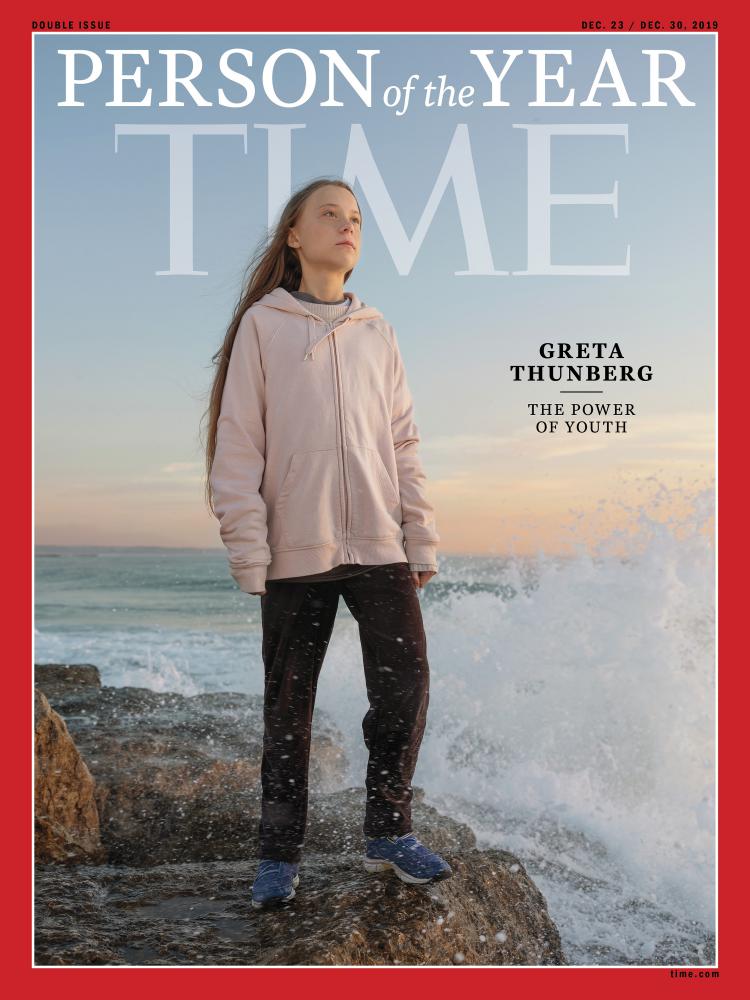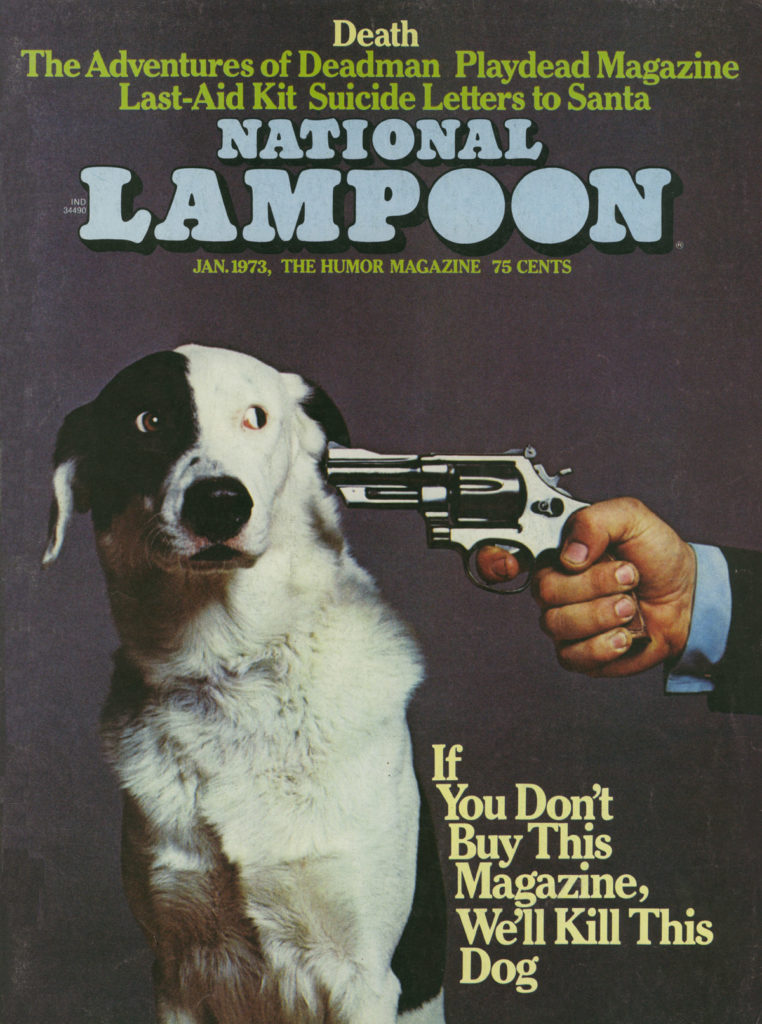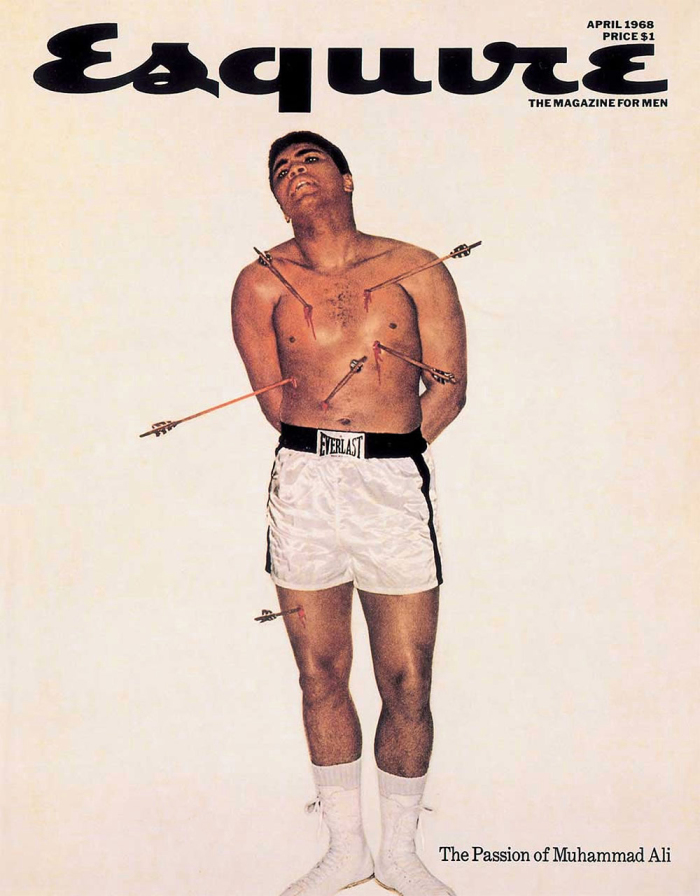Andrey Sudarikov is from Russia and the founder and creative director of the design studio PlayDisplay which is based in Moscow. In the lecture, he talked about three of his projects and the design processes behind. Two of the projects were made for Singapore, in 2016 and 2020. The third project was made for Russia. The story of the projects begins much earlier before starting the project. For him, the start of the projects is the point where you start to collaborate with the client. Word of mouth is important. Usually, the client already knows some of your projects or something about you before he/she gets into contact with you. Also, people remember how the work process was with you and how the results turned out and they will tell it to other people if they are asked about the project. Most of Andrey Sudarikovs projects came about, because of some previous, older projects.
Month: May 2020
Lecture #02: Saskia Schmidt – Work Work Balance
Saskia Schmidt ist eine selbstständige Designerin, die sich auf Branding und Editorial Design spezialisiert hat. Ursprünglich stammt sie aus Deutschland und machte ihre Ausbildung zur Mediengestalterin dort. Um kreativer arbeiten zu können, wollte sie studieren und wurde an der FH Joanneum im Studiengang IND11 aufgenommen. Das Zitat „Ein guter Gestalter kennt die Regeln und setzt sie außer Kraft“ gewann erst später für sie an Bedeutung, da für sie zuerst Gestaltung vor allem nach Regeln ablief. Sie ist der Meinung, dass man Kreativität nicht lernen kann, aber wenn man wirklich will, jedes Projekt zu seinem eigenen machen kann. Das Studium half ihr dabei, herauszufinden, in welche Richtung es später gehen sollte. Vor allem eine Vorlesung zum Thema Branding und Markenbildung vom Grazer Studio EN GARDE hatte es ihr angetan und sie wusste, dass sie in Zukunft etwas in diese Richtung machen wollte.
Cultural distance, philosophy and communication
Cultural distance
Research on cultural differences showed that there is a big cultural distance between western cultures and Asia. The gap that is felt between people and culture plays a big role in intercultural communication situations. Maletzke found out that the probability of a misunderstanding is proportional to the size of the cultural distance. According to researches from Hall, Hofstede, Trompenaare and Hampden-Turner and Halpin and Winer, the cultural dimensions of China and Germany show strong distinctions concerning the height of the index. As already mentioned, China focuses on the context, whereas that’s not the case in Germany. Germany is short-time orientated and China long-term orientated. China is collectivist and Germany individualistic. Furthermore, according to the book, China is more feminin and relationship-orientated and Germany is masculin and task-orientated.
Lecture #06
The third lecture I watched and would like to write something about is the one from Sylwia Ulicka. She is a designer and lecturer from Puebla in Mexico and her major focus lies on sustainability.
In the lecture she is trying to convince us to question the material culture we are living in, because she thinks that we as designers have the power to make a change, what is actually a very nice thought of her IMO.
She starts and ends the lecture with two almost similar quotes that basically have the same meaning: A human made artifact is symbolic of the world view held by the society in which it is created. That sounded quite meaningful to me and gave me a very new perspective on the world we are living in.
Sylwia further states that politicians have been talking for quite a long time about the topic sustainability now, but nothing has really changed, because the idea of an endless economic growth seems more important to them.
Professor Ulicka goes on by explaining that real sustainability means that the economic, the ecological and the social factor in a society are well balanced — and that is definitely not the case in the world I am living in.
She explains eco-efficiency as an approach that adds more value to goods and services by reducing the use of resources and decreasing the level of environmental polution — basically it means to produce more with less. Eco-efficiency was in the beginning thought to work out with new technology and it probably would have worked out, if the global consumption wouldn’t have increased as it has since then. Due to the overconsumption high-income countries are living and due to the increasing overpopulation since 1970 to 2010 the CO2 emission increased by 60% and the biodiversity decreased by 30% what is indeed very very sad.
I can remember when I was a very young child that when I visited a friend of mine I saw a sticker in the house of his parents that said in German something like „We won’t recognize that we can’t eat money until there is no single animal and no single tree left“. As I grew up I always kept that quote in my mind, cause it hit me at this very young age with such a low amount of words. Anyway Sylwia talked on about that in 2050 we are estimated to waste the resources only three planets could deliver us. She also stated that it is the responsibility of high-income countries to rethink the consumption patterns, because their ecological footprint is approximately five times as big as the one from low-income countries.
The lecturer from Mexico thinks that we as a new generation of designers should use discursive design or speculative design as she calls it too to make a change. This kind of design is clearly disconnected from our economic system and its’ major goals are to reflect and to evoke discourse about problems of our society. Discursive design is focused on behaviors, emotions and meanings and if we try to design sustainable we need to question the status quo of our behaviors, emotions and meanings.
She relates in her lecture about three objects students designed as projects to learn something about discursive design:
-HUGO; Hugo is an hugging pillow with arms and is about social isolation in times of permanent social connection in virtual space.
-TRASH-HOUSE; Students thought of the waste that is produced by political campaigns and they build a house out of the trash.
-PEPPER-SPRAY; Due to the fact that femicide-rates are enormous in Mexico and women only are legally allowed to defend themselves when they are hurt students designed a pepper-spray that has needles on the trigger-button, so that the women is always hurt before she uses it.
For me personally this examples are rather art than actual design, because for me to evoke discussions about something was always something that was in the nature of art and I can’t really see a difference to it here. Nevertheless (I really don’t care if its art or a new form of design) I think that everything that makes people communicate about real problems is something that is valuable and needs to be supported.
As a conclusion I would like to repeat Sylwias conclusion: Modern consumption-patterns are the real problem and design can contribute to change them. If I think of an approach how to change consumption-patterns I always like to think of products that are so well designed, that they last forever and never get out of fashion — that is a different approach than Professor Ulicka told us about, but I like the idea so much.
Because… in the end design is an expression of how we think about the world that we live in and what we value in it.
Lecture #08
Die zweite Lecture, die ich mir angesehen habe, haben Anastasia & Martin Lesjak abgehalten. Die beiden sind Gründungspartner von 13&9 Design und Martin ist zusätzlich noch einer der Gründer vom INNOCAD Architekturbüro.
Im Talk sprechen sie anfangs über das Golden Nugget, ihr extravagantes und selbst gestaltetes Bürogebäude in der Grazbachgasse. In diesem Golden Nugget sitzen nämlich die beiden Unternehmen und sie bezeichnen es selbst als ein Transdisciplinary Lab. Die verschiedenen Disziplinen, die darin bedient werden sind Architektur, Interior Design, Produkt Design, Sound Design & Research.
Martin und Anastasia selbst sind kaum Freunde vom klassischen Disziplinen-/Schubladendenken, da sie für die Unternehmen und wie sie miteinander agieren einen ganz besonderen Ansatz gewählt haben. Sie sprechen nämlich über einen Disziplin-übergreifenden „holistic approach“, durch den sie mit jedem Projekt neue Ansätze und somit echte Innovation schaffen.
Im Solar Innovation Center, einem beeindruckenden Bauwerk in Dubai haben sie ihre Drei „Kernbereiche“ Space, Light und Sound vereint. Durch Spiegel lenken sie das natürliche Sonnenlicht genau ins Zentrums des Gebäudes, mit Spezialfolien (dichroic foil) erzeugen sie verschiedene Lichtstimmungen und -effekte und ein eigens erstelltes Sounddesign unterstützt die Gestaltung des Lichts anhand einer übersetzbaren Skala von Licht in Klang. Das Solar Innovation Center ist also ein Musterbeispiel für die Unternehmen, da sie dem holistischen Ansatz mustergültig gerecht werden.
Weitere Projekte, die gezeigt werden befinden sich unter anderem im Landzeughaus, wo die beiden es geschafft haben, einen weiteren sehr spannenden Ansatz zu finden. Sie haben, inspiriert von den bekannten Murnockerln, welche das geologische Fundament der gesamten Grazer Region sind, Interiordesignlösungen gestaltet.
Auch über das Golden Nugget erzählen sie mehr und dass der goldene Schnitt sowohl bei der Außenarchitektur des Gebäudes als auch bei dem übersetzten Pendant aus dem Bereich der Mode eine große Rolle gespielt hat.
Um den Umfang des Blogbeitrags nicht zu sprengen, schlage ich vor sich den Rest der Lecture selbst anzusehen, da es sich lohnt.
Abschließend möchte ich ein Kompliment aussprechen, da dieser holistische Ansatz ein Ansatz ist, der mir sehr gefällt und von dem ich sehr stark überzeugt bin, dass sich die gesamte Kreativbranche in eine solche Richtung entwickeln wird. Momentan gibt es viele kleine Spezialisten, die wie ich finde, gemeinsam disziplinenübergreifend unter guter Führung viel mehr bewirken könnten, als sie es gerade tun. Netzwerke sind stark, aber alles aus einer Hand hat oft die bessere Qualität.
Conditional Statements
This blog post is going to review conditional statements, boolean expressions and logical and relational operators. The latter ones are needed in order to create conditional statements. I will list the most important ones:
Magazine Cover Design
A new direction I visited the last few weeks was to expand the cover design topic. Instead on only focusing on book covers I also looked a little bit into magazine covers.
The thing that stuck out most to me was the identification of magazine covers with its core themes. Book covers trends seem to be more universal. Take for example the last few years, when graphic designs became all the rage. In a lot of cases it is impossible to guess what genre a book is by looking at the cover. With magazines this seems to be different. Most of the time you understand what kind of magazine you are dealing with by a quick look at the cover. Design trends seem to play a secondary role.
Publications like “Time Magazine” or “National Geographic” use a distinct design element to achieve a coherent look. They use a simple frame to make the covers instantly recognisable. The great thing about this is that there is no need of a consistent picture style.
Fashion magazines on the other hand have a look that is very easy to recognize. Usually they depict a model looking straight into the camera to engage with the costumer. Obviously, “Vogue” is the prime example for fashion magazines. There is some experimentation with their covers. What is interesting is that even if they use unusual techniques like illustration, they still are very recognizable ss fashion magazines.
Satirical and critical Magazines often use illustrations to depict the comedic side of news. “The New Yorker” and “Mad” use illustrations since their beginnings. Illustration gives them a playful look and the opportunity to express themselves freely.
Magazine Covers can be as influential and iconic as book covers. They can become symbols and talking points in history. I think the juxtaposition of book and magazine covers could be very interesting and the further exploration could lead to an exciting master theses topic. The biggest problem I see is the sheer amount of references. I think defining the topic more is key.
Lecture #02
Saskia Schmidt ist eine selbstständige Designerin, die ursprünglich aus Remscheid in Deutschland kommt, ihren Bachelor aber im Jahrgang IND11 an der FH Joanneum in Graz gemacht hat.
Bevor Saskia nach Graz kam, hatte sie bereits in Deutschland eine Ausbildung als Mediengestalterin abgeschlossen, in der sie immer wieder den Satz “Ein guter Gestalter kennt die Regeln und setzt sie außer Kraft” hörte. Sie verstand es anfangs nicht, alles musste bei ihr geordnet sein. Das Verständnis dafür kam dann durch praktische Erfahrung.
In der Lecture selbst spricht sie viel über ihren Werdegang, der davon geprägt ist, dass sie eine gewisse Zeit gebraucht hat, um sich selbstständig zu machen. Das lag in erster Linie daran, dass sie sehr viel Zeit mit nicht-selbstständiger Arbeit bei verschiedenen Agenturen verbracht hat.
Neben En Garde verbrachte sie auch einige Zeit bei studio grau in Berlin, wodurch sie nicht nur viel über Print lernte, sondern später auch Leadership-Skills unter Beweis stellen konnte, da sie ihre Chefin bei studio grau aufgrund einer Schwangerschaft für vier Monate vertreten sollte.
Mittlerweile hat sie erfolgreich den Sprung in die Selbständigkeit geschafft und arbeitet über einige ihrer bekannten Agenturen für eine große Bandbreite and Kunden.
Im Talk spricht sie auch darüber, dass das Netzwerk, dass sie sich im Laufe der Zeit aufgebaut hat mittlerweile zum Großteil aus Freunden besteht, was für sie gold wert ist.
Was man von Saskias Werdegang lernen kann ist, dass die meisten ungeplanten Umwege, die man so macht, auch etwas Gutes mit sich bringen. Jede getroffene Entscheidung, jede neue Bekanntschaft und jede Möglichkeit sich zu beweisen, haben dafür gesorgt, dass sie jetzt in der Lage ist, auf die sie hingearbeitet hat.
Work work balance – Saskia Schmidt
Inhalt
Saskia Schmidt reflektiert in ihrer Vorlesung über ihren Weg in die Selbstständigkeit. Die Reise beginnt in Remscheid, Deutschland, wo sie eine Lehre zur Mediengestalterin macht. Ein Satz, den sie zu dieser Zeit allerdings noch nicht verstanden hat, ist ihr bis heute gut in Erinnerung geblieben:
Ein guter Gestalter kennt die Regeln und setzt sie außer Kraft.
Aus Mangel an Kreativität beschließt sie zu studieren und bewirbt sich an einigen Universitäten. Angenommen wird sie schließlich auf der FH Joanneum in Graz, wo sie 2011 das Studium Informationsdesign beginnt. Während dem Studium arbeitet sie nebenher bei En Garde, was sie als eine der besten Erfahrungen überhaupt bezeichnet. Für ihr Pflichtpraktikum ging es allerdings nach Berlin – zu Studio Grau. Dort arbeitete sie unter anderem am Projekt Friedland, ein ehemaliges Flüchtlingslager nach dem zweiten Weltkrieg, das zu einem Museum umgebaut und schließlich auch Thema ihrer Bachelorarbeit wurde.
Zurück in Graz fing sie an bei verschiedenen Agenturen zu arbeiten, womit sie allerdings nicht ganz glücklich war. Aus diesem Grund kamen vermehrt Gedanken zum Thema Selbstständigkeit auf.
Du kannst nicht auf alles scheißen & dich dann wundern wenns stinkt.
Sie wollte etwas an der derzeitigen Situation ändern und sich selbständig machen. Ein über mehrere Monate laufendes Projekt mit En Garde und ein Jobangebot von Studio Grau aus Berlin machten ihr allerdings einen Strich durch die Rechnung. In Berlin sollte sie für einige Zeit ihre ehemalige Chefin vertreten. Nach dieser Zeit ging es zurück nach Graz und endlich in die Selbständigkeit.
Fazit
Saskia Schmidt beschreibt den Weg in die Selbständigkeit als einen langen, aber denke gerade das hat ihr auch viel geholfen. In den Jahren nach dem Studium konnte sie sich durch diverse Praktika und Jobs ein Netzwerk aufbauen, was ihr schließlich sehr zu Gunsten kam. Der Schritt in die Selbstständigkeit ist von vielen das Ziel – ich denke aber, dass es nie schaden kann, sich dabei Zeit zu lassen. Man kann diese Zeit nutzen so viel wie möglich von anderen zu lernen und Kontakte zu knüpfen. Das mag vielleicht nicht unbedingt notwendig sein, macht den Anfang aber mit Sicherheit etwas einfacher.
Ihren Rat, Praktika bei Agenturen zu machen, die am sympathischsten und nicht unbedingt am bekanntesten sind, finde ich richtig. In kleinen Agenturen ist es mit Sicherheit einfacher an größere, eigenständige Projekte zu gelangen. Wenn die Sympathie stimmt, könnte sich außerdem auch in Zukunft etwas daraus entwickeln. Allerdings finde ich es mindestens genauso wichtig, mit einer Agentur design-technisch auf einer Wellenlänge zu sein und ein ähnliches Verständnis/einen ähnlichen Anspruch an Gestaltung zu haben.
Saksia Schmidt war der Studiengang IND11, ist mir also quasi fünf Jahre voraus. Wobei sich das vermutlich nicht 1:1 vergleichen lässt, da ich, im Gegensatz zu ihr, nach dem Bachelor noch ein Masterstudium angehängt habe. Jedenfalls hat mich die Lecture stark darüber nachdenken lassen, wo ich in fünf Jahren stehen will und werde.
CI im Interior Design
Betrachtet man die Coporate Identity eines Unternehmens, ist auch Interior Design ein wesentlicher Teil davon. Die Einrichtung ist das Gesicht eines Unternehmens und dient als Kommunikationskanal an den Kunden. Ebenso verleiht sie einer Corporate Identity eine dritte Dimension und macht sie so einprägsamer. Durch Inneneinrichtung kann ebenso die Wahrnehmung des Konsumenten beeinflusst werden, was besonders im Service Bereich hilfreich ist, um sich von der Konkurrenz abzuheben. Außerdem spielt Kundenwahrnehmung eine wichtige Rolle um eine long-term Relationship zwischen dem Konsumenten und der Marke aufzubauen.



